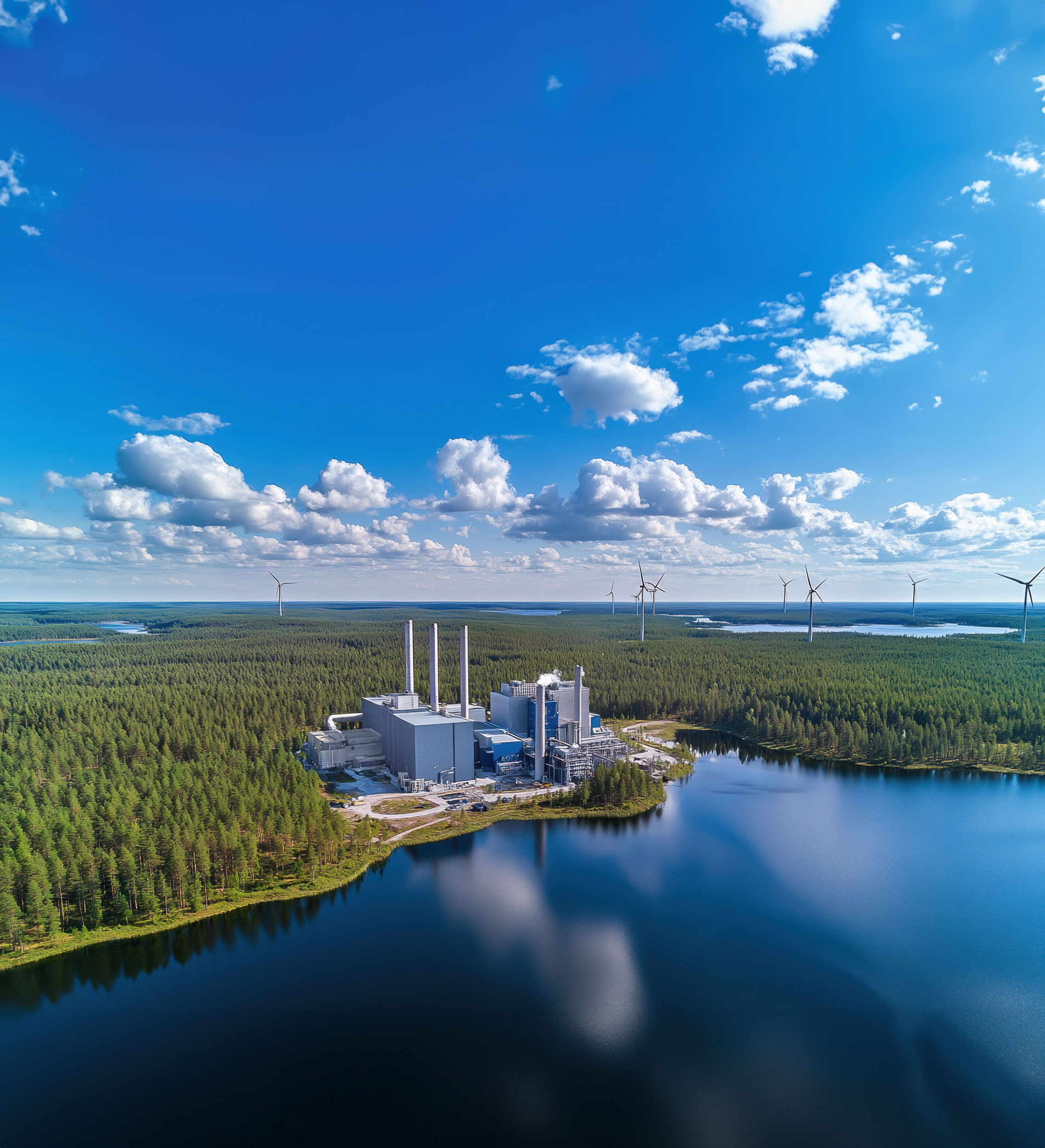Oftentimes, CO₂ is sequestered as a means of reducing emissions, offering a long-term climate mitigation strategy. But biogenic CO₂ is far too valuable to be tucked away like this. Instead, pulp mills have a unique opportunity to utilise their biogenic CO₂ as a key feedstock for e-methanol production, transforming what was once seen as the villain behind global warming into a force for sustainability and profit.
Unlocking pulp mills’ potential
So, it's clear that biogenic CO₂ is in demand, but securing a reliable, large-scale supply of it remains a challenge. This is where pulp and paper mills have a distinct advantage. As part of the kraft pulping process, mills generate significant volumes of biogenic CO₂, primarily from the combustion of biomass in recovery boilers and lime kilns. Crucially, the CO₂ stream from the lime kilns is highly concentrated, making capture practically easier and more cost-effective.
With the right infrastructure in place, these mills could become key suppliers of carbon-neutral CO₂, turning an operational emission into a valuable feedstock for the e-methanol industry.
However, despite these advantages, most pulp mills have yet to capitalise on biogenic CO₂ as a revenue stream. Industry inertia — where long-standing approaches dominate decision-making — has led to a stalemate, with many waiting to see who will make the first move. But with the demand for e-fuels rising rapidly, forward-thinking pulp mills that act now can establish themselves as key players in the emerging e-methanol economy and reap the rewards.








